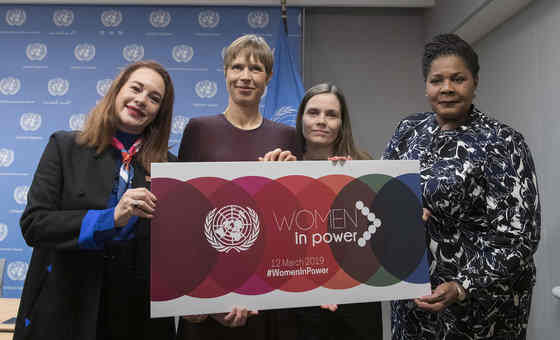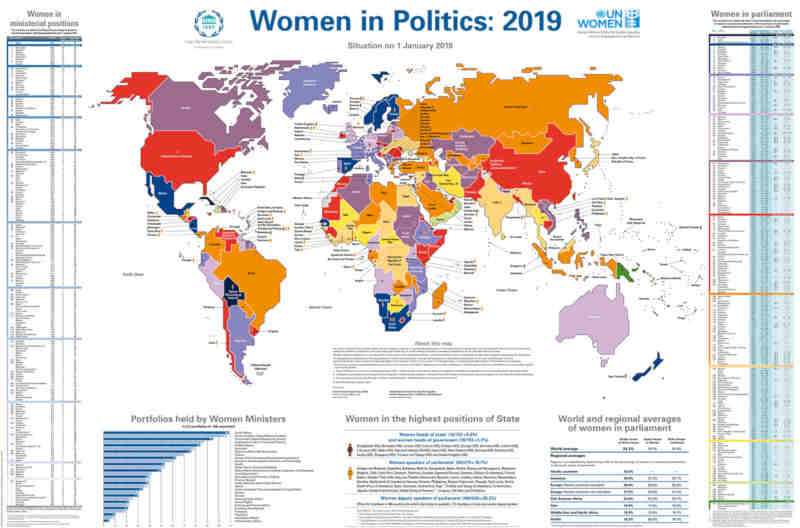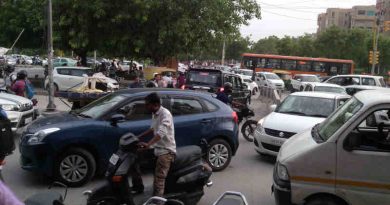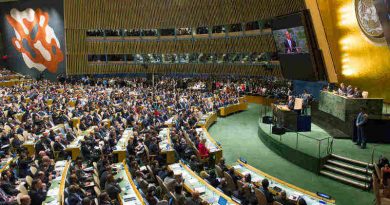Map Shows Serious Regression in the Political Power of Women

A new Inter-Parliamentary Union (IPU) map – which is a unique visual tool – captures women’s participation in executive government and in parliament as on 1st January 2019.
The map of Women in Politics not only provides a country ranking for both ministerial and parliamentary representation, but also statistics on women in political leadership positions—Heads of State or government, women Speakers of Parliament, as well as ministerial portfolios held by women throughout the world.
There has been a “serious regression” in the political power of women across the world in recent years, UN General Assembly President María Fernanda Espinosa told delegates to the annual summit of women activists at UN Headquarters in New York on Tuesday.

The former Ecuadorian Minister of Foreign Affairs who leads the 193-member world body, pointed out that in 2105 it would have taken 30 years to close the gender gap, but now, she told the Commission on the Status of Women (CSW), if current trends continue, gender parity will not be reached for “107 years”.
According to IPU, the borders are depicted and used on the map in order to present data. They are not the expression of any opinion concerning the legal status of any country, territory, city or area, or concerning the delimitation of frontiers or boundaries.
| Download and Read RMN Publications | ||
| TechWise Today | The Integrity Bulletin | Clean Climate |
| Legal Directions | Young Learner | Real Voter |
Meanwhile, a new study was launched by UN Women and the Inter-Parliamentary Union (IPU), revealing that only one-in-five ministers around the world is a woman.
Calling it nonetheless “an all-time” high, the 2019 edition of Women in Politics indicates that out of 3,922 ministers, 812 are women – a 2.4 percentage points advance on 2017 figures.
According to the data presented, women’s representation in top-level leadership has decreased from 7.2 per cent of elected Heads of State to 6.6 per cent, or just 10 out of 153, and from 5.7 per cent of heads of government to 5.2 per cent, or 10 out of 193.
💛 Support Independent Journalism
If you find RMN News useful, please consider supporting us.




